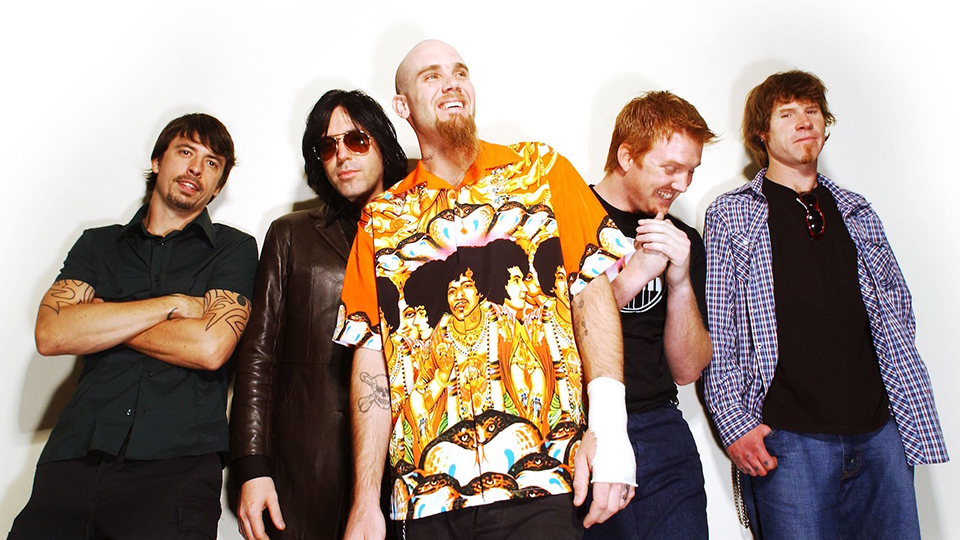My point exactly. Technically, irrespective of all your complaints of jitter and noise, digital systems are technically far superior. Also because it is so easy to replicate, you can get high resolution digital version at comparatively lower cost.The results completely depends on the mastering / production quality of the LP or Digital. Both are equally good. The best digital sound amazing and beyond what analogue can do due to the limitations of the medium itself. Technically!
Whether you like it or not, analogue recording and storage is dead. I think it died around 1985. Today no one, including your Abbey Road Studios bother to record anything in analogue. The minute the sound leaves the mike, it is digitized and stored in digital form. Movies, TV shows have all switched over to digital recording and storage. And, today, no one bothers to cut or release a CD also.In practical terms, the LP's that were produced better sounded far better and musical than digital. To the point that ... if most of your music exists and is produced better on vinyl, there is absolutely no point in living in the digital world. This rule applies vise versa too.
Professional studio recording using silent rooms and expensive equipment is becoming rare. Many of the new fangled artists do not have the patience to record professionally. They may also not be able to afford them. So what you get is music recorded using a iPhone or an high end Android. Live shows are also recorded in similar manner. The only area where some care is taken for professional recording seems to be Orchestral music.
Streaming will reach 24/192 or even higher within a few years. So you really do not have to depend upon large hard disks or CDs. If Netflix and others can store and stream 4K video with full 7.1 audio, what is a two channel audio?
Companies such as TI, AKM, NXP, ESS and other are spending billions of dollars on delivering improved performance. ESS's 9068, for example, has a patented circuit that completely eliminates issues from input clock jitter. And, in addition, 32-bit/768kHz are becoming quite common nowadays. The sampling and de-sampling is so high that you do no have to worry about about noise and jitter any more. Combine all these with AptX kind of Bluetooth and Wifi 6, you really have nothing to complain about.
Cheers





